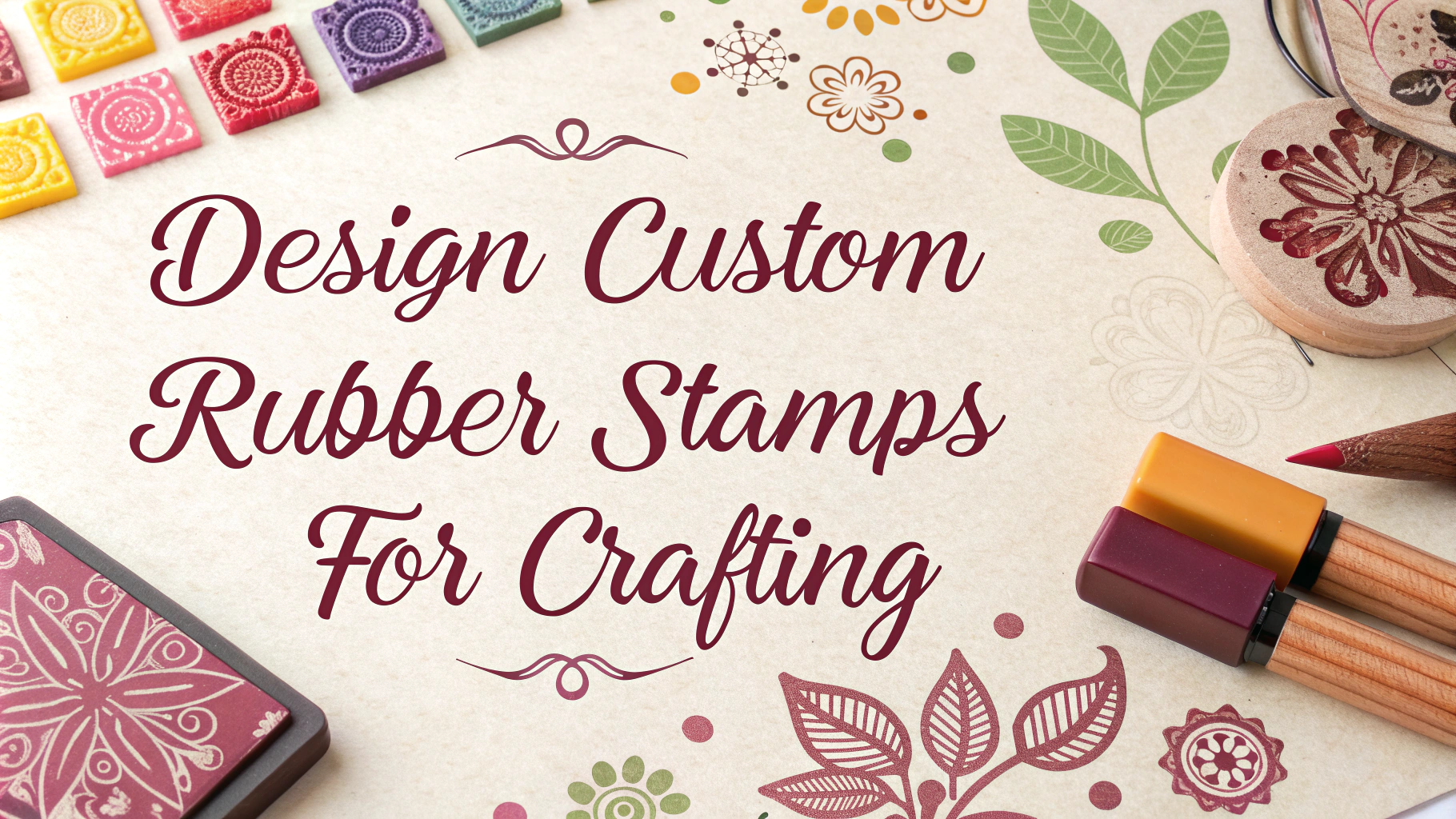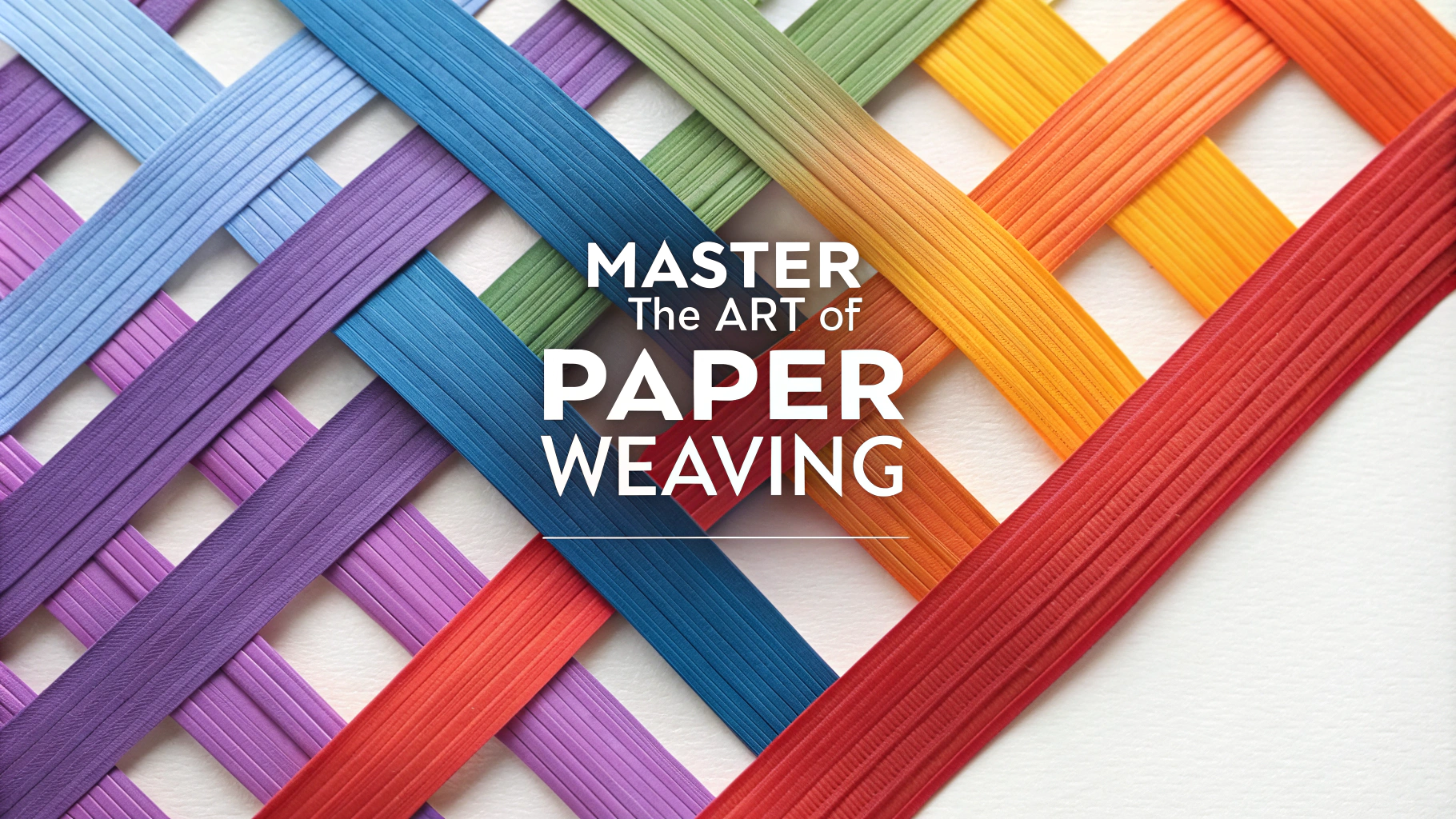Setting the right price for products or services stands as one of the most important business decisions you’ll make.
Quick Pricing Formula Guide
The basic pricing formula looks like this:
Selling Price = Total Costs + Desired Profit Margin
Step-by-Step Price Calculation
- Calculate Total Costs
- Direct materials
- Labor costs
- Overhead expenses
- Marketing and sales costs
- Determine Target Profit Margin
- Research industry standards
- Consider market position
- Factor in competition
Pricing Methods to Consider
| Method | Best For |
|---|---|
| Cost-plus pricing | Manufacturing, retail |
| Value-based pricing | Services, unique products |
| Competitive pricing | Saturated markets |
Cost Planning Tools
- QuickBooks – For small business accounting and cost tracking
- Xero – Cloud-based accounting software
- Wave – Free accounting software for small businesses
Price Testing Strategies
Quick Tips:
- Test different price points with small customer segments
- Monitor sales volume changes
- Track customer feedback
- Analyze competitor responses
Regularly review and adjust prices based on market conditions, cost changes, and customer feedback.
Common Pricing Mistakes to Avoid
- Ignoring market research
- Forgetting about hidden costs
- Setting prices too low to start
- Not having a clear pricing strategy
Contact professional pricing consultants at the Professional Pricing Society for specialized guidance.
Advanced Pricing Considerations
Psychological Pricing Tactics
- Charm pricing ($9.99 instead of $10)
- Prestige pricing (deliberately high prices)
- Bundle pricing (package deals)
- Anchor pricing (showing original higher price)
Dynamic Pricing Strategies
- Time-based pricing adjustments
- Demand-based variations
- Seasonal pricing changes
- Geographic price differentiation
International Pricing Factors
| Factor | Consideration |
|---|---|
| Currency fluctuations | Exchange rate risks |
| Local regulations | Compliance requirements |
| Market conditions | Local competition |
Conclusion
Successful pricing requires:
- Regular market analysis
- Flexible adjustment strategies
- Clear understanding of costs
- Customer value perception awareness
Monitor pricing effectiveness through:
- Sales performance metrics
- Customer retention rates
- Profit margin analysis
- Market share tracking
Remember: Pricing is not a one-time decision but an ongoing process requiring regular review and adjustment.
FAQs
- What is the basic formula for calculating a selling price?
The basic formula is: Total Cost + Desired Profit Margin = Selling Price. Total Cost includes direct costs (materials, labor) plus overhead costs (utilities, rent, marketing). - How do I determine the right profit margin percentage for my product?
Research your industry’s standard margins, analyze competitors’ pricing, and consider your unique value proposition. Most retail businesses aim for 30-50% margins, while service businesses might target 60-70%. - Should I use cost-plus pricing or value-based pricing?
Cost-plus pricing adds a standard markup to costs, while value-based pricing is set according to perceived customer value. Value-based pricing typically yields better results for unique products or services with clear competitive advantages. - What cost planning tools are essential for accurate price calculations?
Essential tools include cost breakdown spreadsheets, pricing calculators, competitor analysis tools, and market research data. Software like QuickBooks or specialized industry pricing tools can also help. - How do I account for overhead costs in my pricing formula?
Calculate total overhead costs (rent, utilities, insurance, etc.), divide by expected production units or billable hours to get overhead cost per unit, then add this to your direct costs before applying markup. - What role does market demand play in pricing formulas?
Market demand influences price elasticity and maximum price points. Use demand analysis tools to determine how price changes affect sales volume and adjust your formula accordingly. - How often should I review and adjust my pricing?
Review pricing quarterly or when significant cost changes occur. Monitor raw material prices, competitor pricing, market conditions, and customer feedback to determine if adjustments are needed. - What are the common mistakes in cost estimation?
Common mistakes include overlooking indirect costs, underestimating time requirements, failing to account for seasonal variations, and not including a buffer for unexpected expenses. - How do I factor in volume discounts into my pricing formula?
Calculate breakeven points for different volume levels, determine cost savings from bulk purchasing, and create a tiered pricing structure that maintains profitability while offering attractive volume incentives. - What role should competitor pricing play in my formula?
While competitor pricing shouldn’t be the sole factor, it provides important market context. Research competitor prices, positioning, and value propositions to ensure your pricing is competitive while maintaining profitability.









